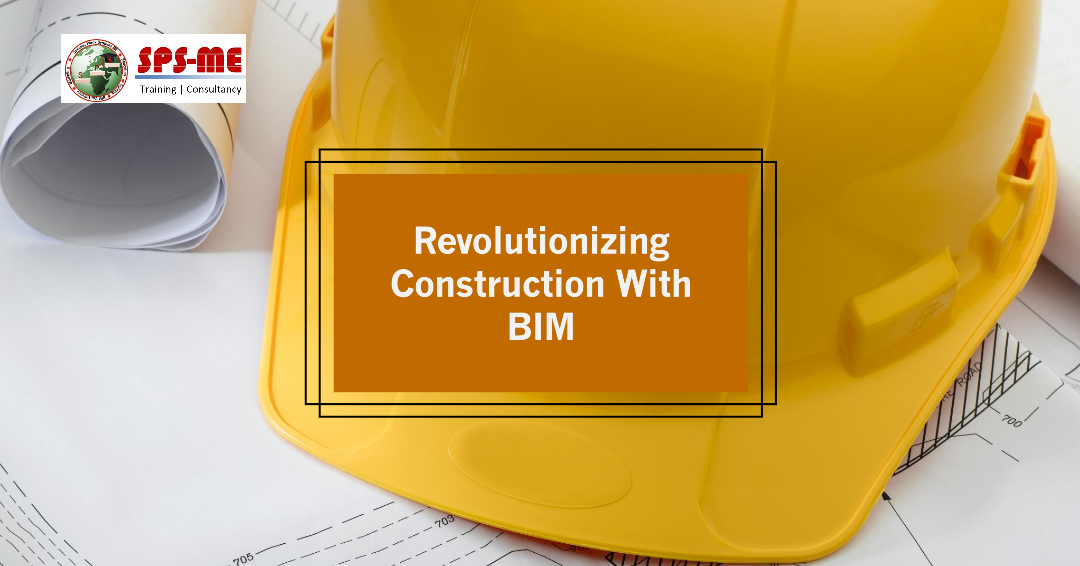The Future of Construction: Latest Developments in Building Information Modeling (BIM) in 2024

The construction industry is undergoing dramatic change, and at the epicenter lies Building Information Modelling. Further along the radar into 2024, BIM will charge further with a new update: advanced technologies are being added while redefining project management, design, and execution. Following are some of the newer developments with BIM changing construction’s future.
1. Enhanced Collaboration through Cloud-Based Platforms
The introduction of cloud technology into BIM has taken collaboration among project teams to a new level. Cloud-based BIM platforms allow the sharing and updating data in real time to let all parties be on the same page. More sophisticated tools have hit the market this year, and they integrate well with other construction management software, furthering coordination and efficiency in projects.
2. Integration of Artificial Intelligence and Machine Learning
Artificial Intelligence and Machine Learning are becoming very intrinsic to BIM processes. The technologies are utilized to make sense of terabytes of data generated in the designing and turnkey construction phases. AI-driven insight is predictive in issues, resource optimization, and improvising decisions have been substantial help extensions. The use of ML algorithms for better predictive maintenance and lifecycle management is also gaining prominence toward more innovative and more sustainable building practices.
3. Improved Visualization through AR and VR
AR and VR are going to change the way construction projects are visualized. Stakeholders can experience a building before it is built for better design decisions and client approvals. In 2024, there has been a much smoother integration of AR and VR with BIM, which gives detailed visualization at a higher resolution that allows one to identify flaws in designs and make adjustments early on in the life cycle of a project.
4. Advance 4D, 5D BIM
The essential use of 3D BIM is the geometric aspect it contains in building models; 4D BIM includes information related to time, and 5D BIM provides information related to the cost data. The developments in 4D and 5D BIM are giving a new dimension to the vision for the world at large on the project timeline and the budget estimation. Such capabilities are vital for the project manager in making plans appropriate to construction, executing works in the field, and monitoring activities, thereby effectively deferring and curtailing overrun of costs.
5. Sustainability and Green Building Initiatives
The construction industry has placed sustainability at the forefront of its program, and BIM has led to green building practices. Advanced BIM tools can currently simulate energy performance and analyze environmental impacts from building materials. Although this year has experienced tremendous drives in applying BIM in achieving Sustainability Certifications and Compliance with Green Building Standards, it cuts down on carbon emissions from new constructions.
6. Integration with the Internet of Things (IoT)
ěn Applications in BIM to bring about improved operational efficiency in buildings are becoming gradually more common. While IoT sensors provide real-time accurate data about the performance of a building, BIM models optimize building operations and maintenance activities. Due to this, we have sophisticated solutions in IoT-BIM integration introduced this year, starting from predictive maintenance and energy management to increased comfort for occupants.
7. Government and Industry Standards
Governments and industrial bodies further recognize the critical role of BIM through new standards and mandates. In 2024, many countries introduced or updated BIM requirements in their public infrastructure projects. These standards will bring consistency, improve project outcomes, and promote further adoption of BIM practices throughout the industry.
8. Blockchain for Secure Data Management
Blockchain technology represents the latest solution to make BIM data management safe and transparent. Every modification or transaction within a user’s BIM data is securely recorded through blockchain, establishing an immutable audit trail of events. This promotes increased trust between the parties involved and achieves an improved form of integrity in the construction process.
Conclusion
Advancements in BIM technology set new standards within the construction industry—need innovation, efficiency, and sustainability. Moving into 2024, embracing this evolution will become a precondition for stakeholders wishing to remain competitive and at the forefront of future-proof high-quality project delivery. Integrating cutting-edge technologies with BIM genuinely shows an improvement in construction processes but paves the way toward more intelligent, more connected built environments.



Leave a Reply
Want to join the discussion?Feel free to contribute!